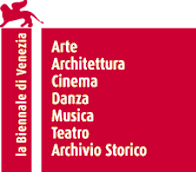 Susan Hefuna (born in Egypt in 1962) lives and works in Egypt and Germany. Her artistic career began in 1998 and since then she has been working with several media such as photography, video and installations. At the 53rd Biennale of Art in Venice she will exhibit a selection of her drawings. Her complete curriculum vitae can be seen on her official website together with her artworks. Susan kindly accepted to answer to our questions regarding her work and her exhibition in Venice.
Susan Hefuna (born in Egypt in 1962) lives and works in Egypt and Germany. Her artistic career began in 1998 and since then she has been working with several media such as photography, video and installations. At the 53rd Biennale of Art in Venice she will exhibit a selection of her drawings. Her complete curriculum vitae can be seen on her official website together with her artworks. Susan kindly accepted to answer to our questions regarding her work and her exhibition in Venice.
Q. What are you going to show at the Biennale?
A. I am showing a large body of my drawing works. Most of them are made with different layers of tracing paper. In ink, mixed media and watercolour. You can see my works at Arsenale and Giardini.
Q. What do you feel might be the result of exposing at the 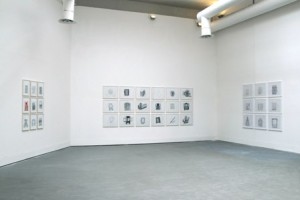 Biennale, in such a sacred and revered place for contemporary Art but at the same time a place where the artist’s creativity may be bound and influenced by this (over?)exposure?
Biennale, in such a sacred and revered place for contemporary Art but at the same time a place where the artist’s creativity may be bound and influenced by this (over?)exposure?
A. I am very happy that the group of drawings from 2004-2009 is exhibited all together for the first time. Drawings are very important for my work. I always do drawings parallel to any other work I do.
Q. Your artworks are more oriented to the modern rather than towards the “classic” Egypt. Do you think that the past is now mainly a touristic attraction or it can still be considered as a creative source from which contemporary artists may derive ideas and material to work on?
A. I am living in the present and my work is inspired by life. I am inspired by the creativity of every day life, which you specially can find everywhere in Egypt. Egypt is full of fantasy and fantasy is a great source for my work. It is beyond time and no space, beyond “classic” and “contemporary”.
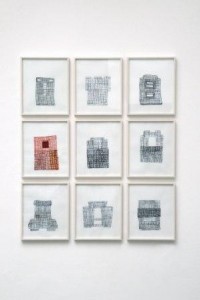 Q. You have been working with many media, however I have found that, although your artworks are of various types and belong to different categories, they have always in their centres geometrical patterns and words in Arabic or Western alphabet: what do they stand for?
Q. You have been working with many media, however I have found that, although your artworks are of various types and belong to different categories, they have always in their centres geometrical patterns and words in Arabic or Western alphabet: what do they stand for?
A. I have been using different media like drawing, installation, photography, video, performance, and so on, depending on what is the best tool to express a certain idea. When I work with words and letters I am playing with different meanings. When I for example use the word “ANA”, which is “I” in Arabic, people in the West see the work as a pattern, because they do not read Arabic, whereas exhibited in Arabian countries this work has an other meaning because of the language. The observer is part of the work.
Q. How has Egyptian and German society influenced your artwork?
A. The different views related to different cultural/social backgrounds of people influenced my work from the beginning. There is no “innocent” view. The observer of a work is responsible of what he/she is seeing. I am playing with different codes and different layers of meanings in my work, including the observer.
Q. You made and exhibition at Albion Gallery in Soho with Vito Acconci: how can you describe this experience?
A. Vito Acconci is a great, amazing artist. I was very happy to exhibit with him, it was a wonderful and successful show.
Q. Do religion, faith or their lack play an important role in your art?
A. Religion is a private matter.
Q. Can you tell a name of a classic artist that has guided you through your artistic education?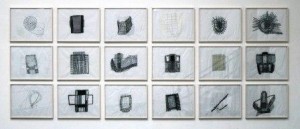
A. Leonardo Da Vinci, Om Kalsoum.
Q. And what about a contemporary artist?
A. Louise Bourgeoise, James Lee Byars, Eva Hesse, Josef Beuys, …
Q. How can you illustrate to our readers in a few words the current artistic scene in Egypt? Are there any other women artists getting on the stage at present?
A. Egypt has a very lively art scene. There are many female artists like Mona Marzouk, Huda Lutfi, Amal Kenawy, Lara Baladi and many others.
Q. Can your work be considered in some way feminist?
A. I am a woman, all work I do through the view of a woman.

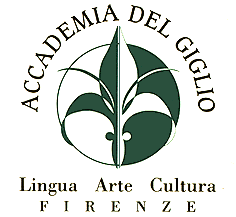
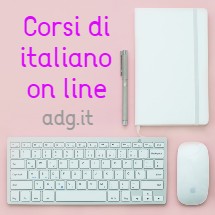




Commenti recenti